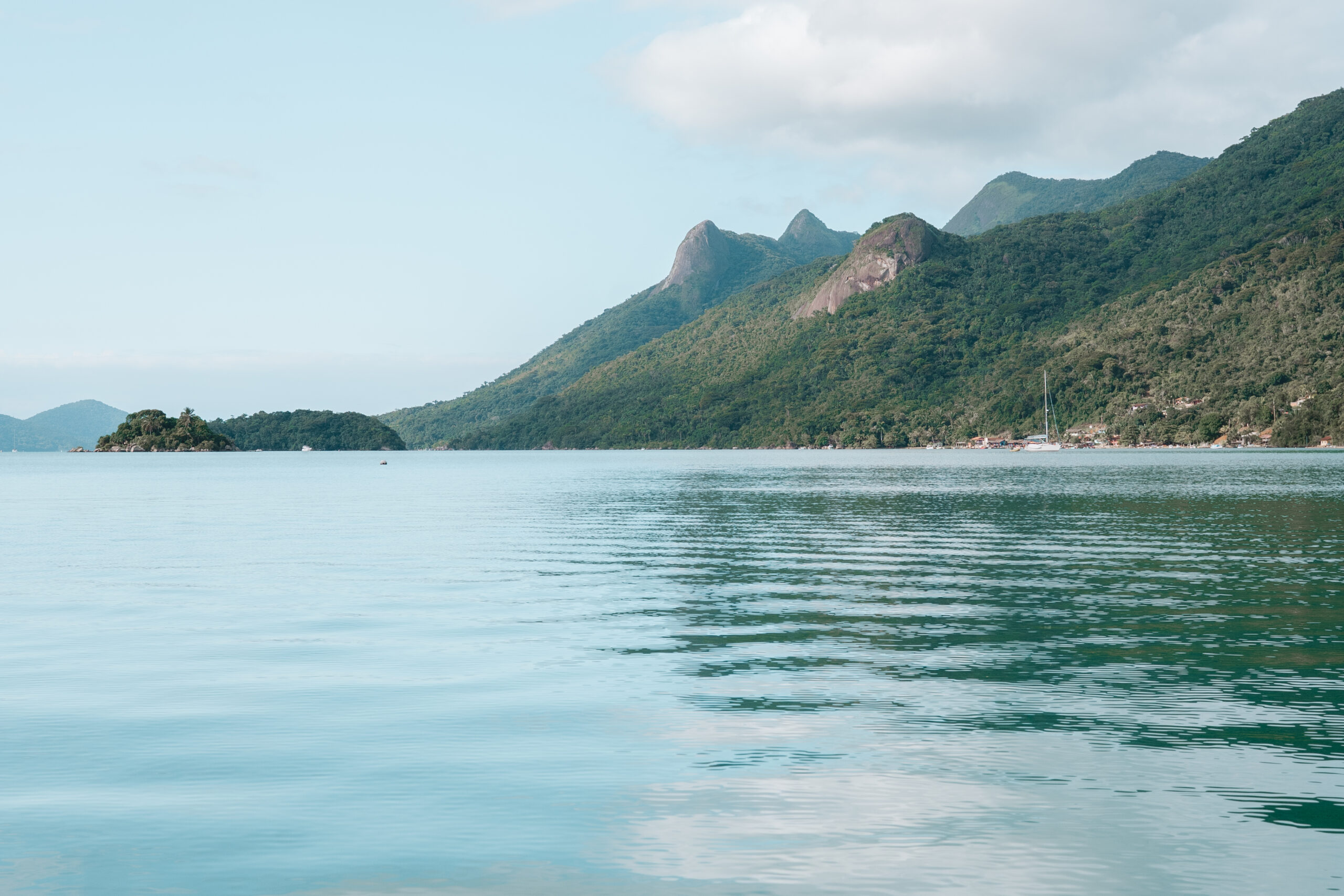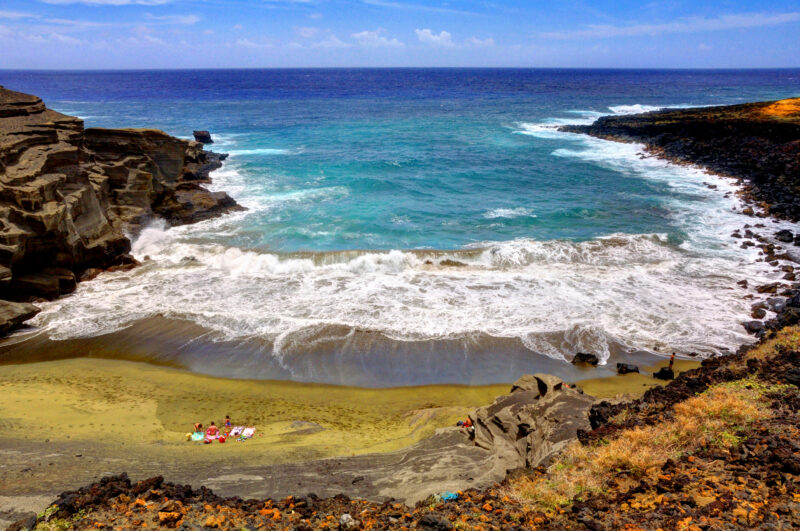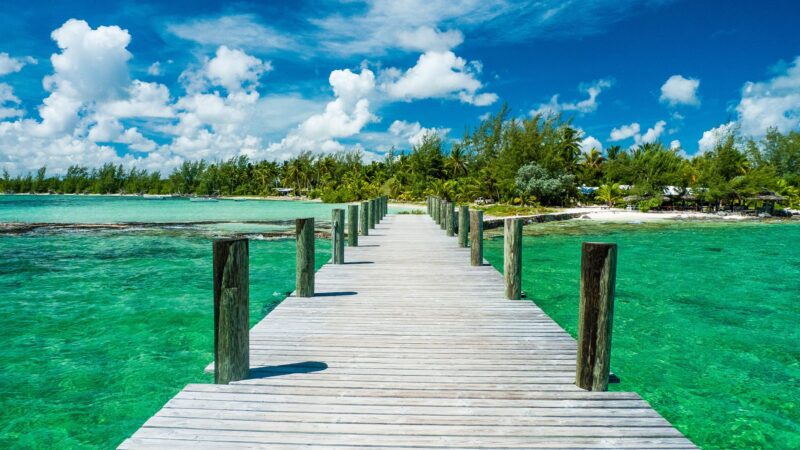Just a few hours from Rio de Janeiro, Paraty feels like a world apart, where cobblestone streets and colonial facades pull you back in time, yet rainforest-covered mountains remind you exactly where you are.
This charming town has long drawn art lovers, history buffs and anyone craving a slower, more soulful pace of life. But for me, Paraty’s true magic lies in its connection to nature. Set along Brazil’s Costa Verde, the Green Coast, named for the rich tropical forest that blankets the region in vibrant green, Paraty is surrounded by jungle and sea.
While the town hugs the shoreline, the most beautiful beaches are hidden in coves and fjords, often only accessible by boat or trail. Discovering remote islands with unbelievably blue waters here has been one of my most memorable travel experiences in Brazil—especially since some of the beaches rival, if not top, the ones I love in Rio.
This guide will walk you through Paraty’s top beaches, restaurants and insider tips so you can plan your own trip to Rio’s artsy—and decidedly more charming—neighbor.
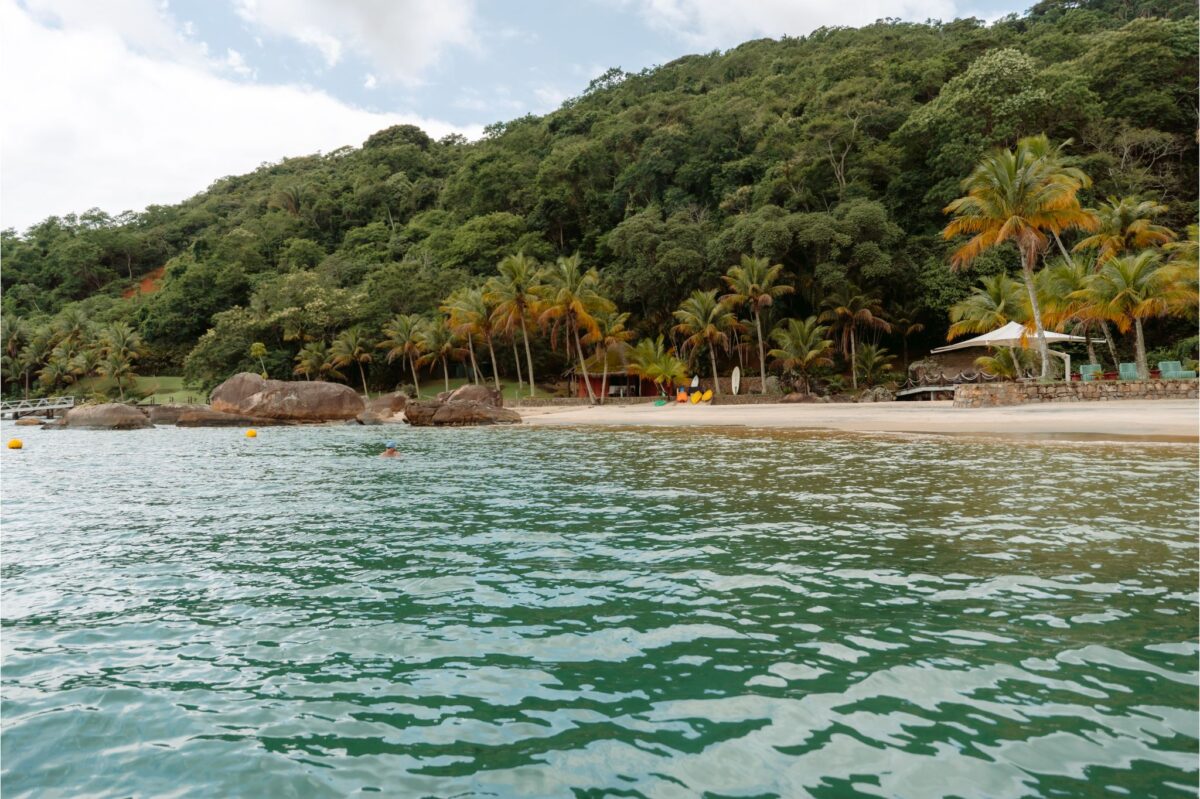
Best Beaches in Paraty
After two visits (and already plotting a third), these are my favorite beaches so far—plus a couple still on my bucket list.
Praia do Engenho
To get here, you’ll need to hire a private boat—but it’s worth it. Tucked inside Saco do Mamanguá, which is often called the world’s only tropical fjord, Praia do Engenho is a remote, exclusive beach that feels worlds away from the typical boat tour circuit. The water here is impossibly blue and calm, backed by dense tropical forest. A wooden boardwalk leads you from the small pier to a fine strip of white sand, shaded by a giant almond tree. Bring everything you need for the day, as this is a no-structure, pure-nature kind of place. This was my favorite stop on my boat trip; make sure to request it for your own itinerary.
Praia da Lula
This is one of the most beautiful and, hence, one of the most popular stops on Paraty’s classic boat tours. Praia da Lula shows us why this region is called the green coast: it’s pure jungle cascading down into sparkling, emerald-blue water. Accessible only by boat, this small cove is hugged by the forest, with a strip of soft white sand dividing the sea and trees. There are no kiosks or restaurants, just plenty of shade and a quiet calm, perfect for doing nothing.
Praia do Cachadaço (Trindade)
Just next door to Paraty is Trindade, a chilled-out fishing village with a hippie soul—where you’ll find Praia do Cachadaço. It’s one of the easiest “wild” beaches to reach and a perfect day trip from Paraty. Here you’ll find a vast sandy stretch and rustic beach bars serving up freshly grilled fish, which you can enjoy with your feet in the sand. A short boat ride or hike will take you to the famous natural pools at the far end of the beach, where giant rocks shelter warm, calm waters. I took my mom here on a recent family trip to Paraty, and it was her first time swimming in a natural pool. She loved it.
Praia do Sono (Trindade)
I haven’t made it to Praia do Sono just yet, but it’s on my list. Ask any backpacker to name their favorite beach near Paraty, and they’ll likely say Praia do Sono. This remote stretch of sand is reachable via a scenic 1.5-hour hike from Condomínio Laranjeiras, or a quicker boat ride from Trindade, Paraty’s hippier neighbor. It’s the kind of place that attracts nature lovers and adventurers, with a few simple hotels and rustic beach bars offering cold drinks and home-cooked meals. For the hikers among us, you can continue to Antigos and Antiguinhos—two even more secluded beaches that feel like well-earned rewards after a long trek.
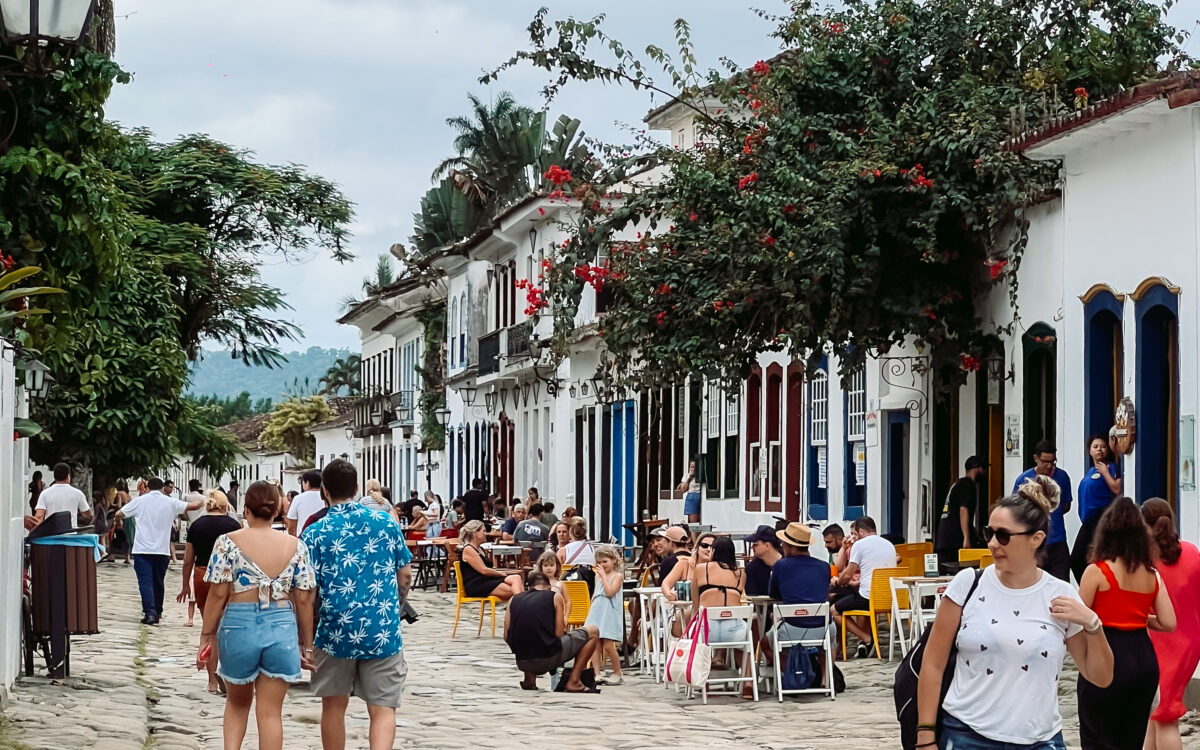
The Best Things to Do in Paraty
A historic center bubbling with shops and galleries placed in the middle of the jungle and the sea—here are the top things to do in Paraty.
Wander the cobblestoned historic center
The heart of Paraty is a UNESCO-protected colonial district, where cars are banned and the cobblestone streets look like they belong in a painting. Whitewashed buildings with colorful doors house artisan shops, independent bookstores and small galleries. I always recommend starting with a guided walking tour—it’s the best way to dive into Paraty’s layered history and get your bearings of the small yet mighty town.
Plan your own boat day
This is the Paraty must-do. Boat tours depart daily from the main pier and sail through the bay, stopping at different islands and beaches for swimming, snorkeling and lunch at a waterfront restaurant. You can book a schooner tour or, better yet, ask your hotel to connect you with a local captain for a private tour. That way, you can create your own itinerary (and now you already know which beaches to add to the list).
Visit the waterfall you can slide down (Cachoeira do Tobogã)
Just a short drive from town, the waterfall called Cachoeira do Tobogã is a natural rock slide offering an adrenaline rush for anyone brave enough to try it (I did!). Perhaps you’ll gain some courage watching local teens slide down on their feet—right side up—like pros. The waterfall sits beside an old stone bridge and a rustic cachaça distillery you can visit. You can drive yourself, but I recommend joining a jeep tour if it’s rained recently (which it often does here). It’s an easier way to navigate the muddy roads and usually includes stops at other waterfalls and a cachaça tasting.
Explore Trindade Village
About 30 minutes from Paraty lies Trindade, a bohemian fishing village with a hippie spirit. It’s home to some of the region’s best beaches, including Praia do Sono and Praia do Cachadaço, as well as hiking trails, shops and restaurants. It makes for a perfect day trip or even a short overnight stay if you want to feel even more disconnected from civilization.
Dive into the art scene
Paraty has become a hub for artists and creatives. Its cultural calendar is packed, with cool festivals like FLIP, one of Brazil’s most renowned literary events, drawing visitors from around the world. But even outside festival season, you’ll find galleries hidden behind centuries-old façades. Take your time wandering—many are small, intimate spaces where you can chat with the owner or even see the artist working inside.
Visit an Alambique (Cachaça Distillery)
Paraty is famous for its cachaça and visiting an alambique (distillery) is a great way to experience the local spirit—literally. One of the most well-known is Cachaça Maria Izabel, perched on a hillside overlooking the bay. It’s small, scenic and still uses traditional production methods. Whether you’re into cachaça or not, it’s a cultural experience worth sipping and I hear the spot is stunning.
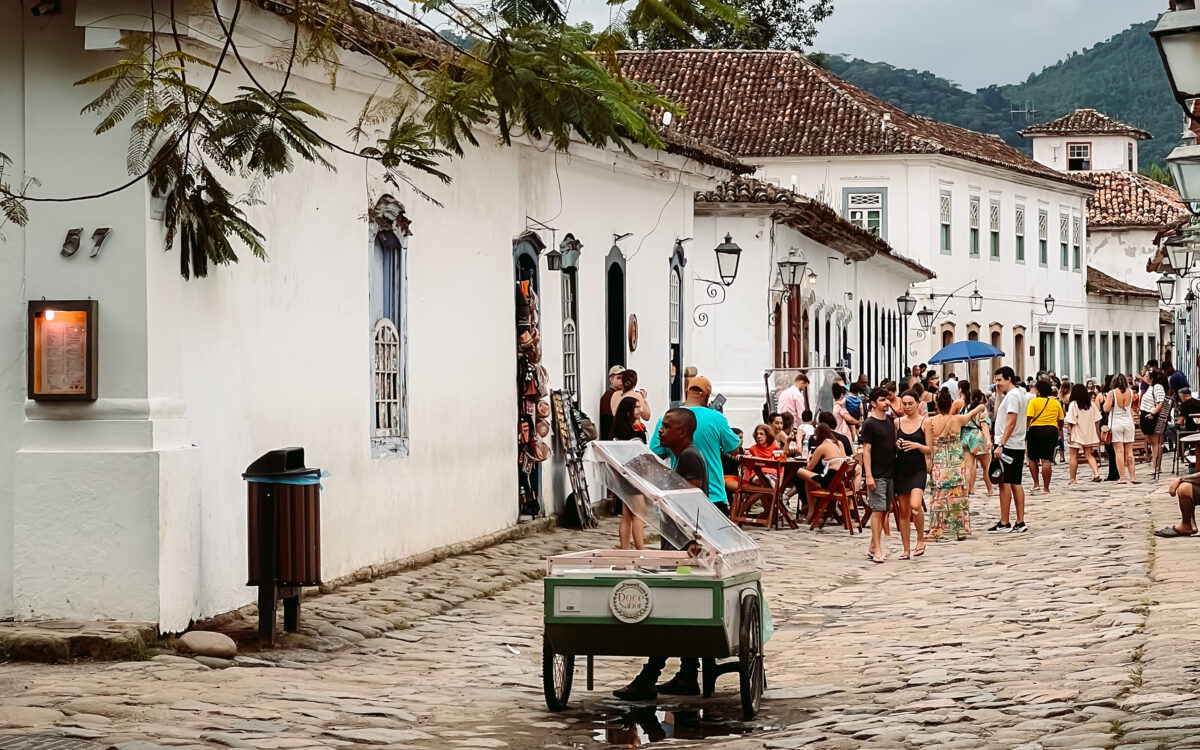
Top Restaurants in Paraty
Paraty isn’t just known for its quality restaurants but also for its dining experiences (think a farm-fresh lunch in the forest). The town has no shortage of memorable meals.
Banana da Terra
Elegant and upscale, Banana da Terra is Paraty’s most well-revered restaurant, helmed by celebrated chef Ana Bueno, who champions the region’s flavors and traditions. The menu is rooted in local ingredients, especially fresh fish and banana, and transforms them into beautifully plated, creative dishes.
Thai Brasil
Some say this is the best Thai you can find in Brazil. While I can’t speak for the whole country, I assure you it’s the best Thai I’ve had in Rio. Expect vibrant Thai dishes served in a breezy, art-filled setting.
Fugu Japanese Food
A newer addition to the scene, Fugu serves fish caught the same day, including the local species sororoca (a white fish) and prejereba (tripletail). I haven’t been yet, but the restaurant made a splash soon after opening, snagging a mention in the New York Times for its locally sourced menu.
Fazenda Bananal
About 15 minutes from town, this working farm and nature preserve is still high on my bucket list—the last time I tried to visit, the farm was closed for visitors due to heavy rains. Here you can walk forest trails, see farm animals and learn about how locals live off the land. Of course, a spectacular restaurant serves farm-to-table meals, including brunches and picnic baskets.
Take a Day Trip to Cunha
About an hour away lies Cunha, a small village known for its ceramics. In the 1970s, Japanese artists began firing pieces in a traditional wood-fired noborigama kiln, inspiring a community of local ceramists. Today, you can visit their ateliers or time your trip with one of the village’s ceramics festivals to shop for handcrafted pieces.

Local Tips for Visiting
Not as easy as flying into Rio, but still worth the trip nonetheless.
Getting There
Paraty is about a 4-hour drive from either Rio or São Paulo along the scenic BR-101. The road winds along the coast with many twists, turns and hidden speed cameras, so stick to the speed limit. You can also take a bus, but renting a car gives you the freedom to explore.
Bring Cash
Most shops and restaurants in town accept cards, but you’ll want cash for smaller boat tours, beach vendors and more rustic eateries.
Wear comfortable walking sneakers
The cobblestoned streets here are no joke (and they get slippery when it rains). I’ve almost twisted my ankle one too many times to keep this tip off the list.
Watch the Tide
The historic center of Paraty floods slightly during full moons, creating surreal mirror-like reflections on the cobblestones. It’s something I still dream of seeing in person. So pack waterproof shoes, just in case.
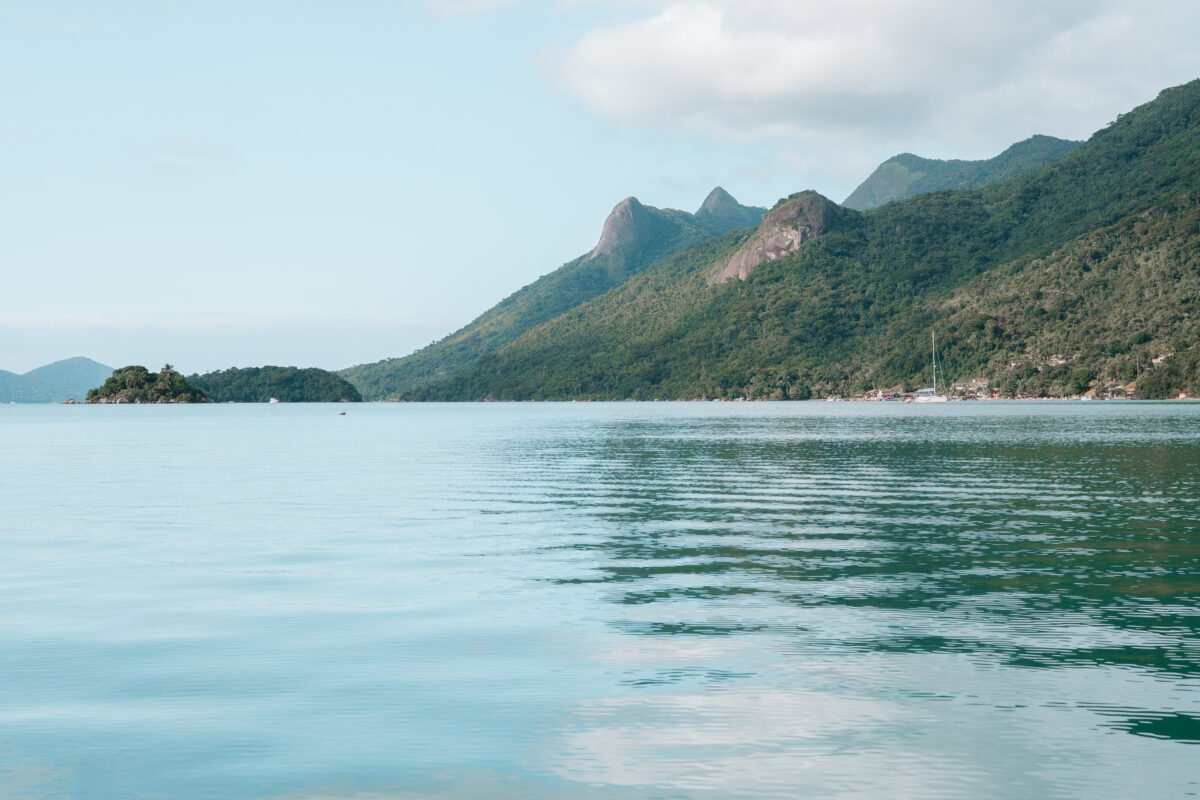
Best Time to Visit Paraty
March to June is ideal—just after Carnival and before the winter chill and high-season crowds. Avoid July weekends (when the literary festival happens) and major holidays if you crave peace and quiet.

